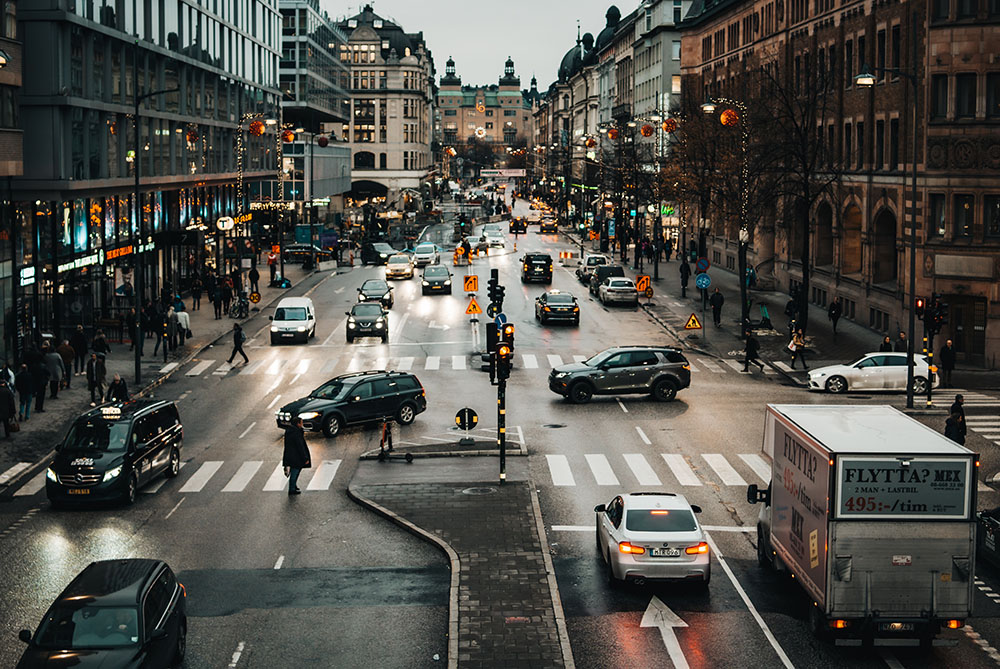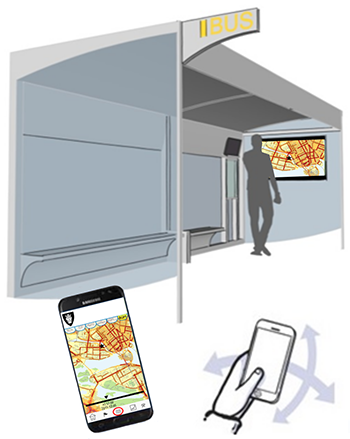Collaboration to visualize air quality in Stockholm

Cities suffer from air pollution, and Stockholm is no exception. Researchers at KTH are working to develop technology to show where in the city the air is the worst to breathe, so that pedestrians and bicyclists can choose alternative routes.
There are two main sources of air pollution in cities: nitrogen dioxide and particulate matter with a diameter of 10 microns or less (PM10). Both are created by vehicles and according to the Swedish Environmental Protection Agency, airborne pollutants cause about 7,600 premature deaths each year in Sweden.
To help people avoid vehicle pollution, researchers from KTH are collaborating with the Stockholm Environment Agency on a project called CitizAir. Monitoring stations are being installed around the city to collect data that will then be converted into practical information that is displayed in visualised form, says Mario Romero, an associate professor at KTH who is involved in the project.
“The idea is to connect large screens around the city that people can then interact with via an app you download to your phone,” Romero says. The interaction is enabled via augmented reality technology, and information is adapted to the user’s perspective, on both the large screen and mobile device screen.

Romero says the project will address a number of issues surrounding this visualisation, which is key to helping people to understand the seriousness of the problem and make informed decisions.
“Visualisation is a bit like a language,” he says. “And just like any language, it is important to take into consideration the people that speak it. Who are they? What kind of values do they have and what concerns them? What do they want to discover and understand, and what do they already know? These are just some of the questions that we researchers are going to take a closer look at in this research project.”
To make that possible, Romero says that people will need to actively engage with the project, via the screens and mobile app.
CitizAir isn’t meant to propose solutions to the air quality in Stockholm. Rather, it is to provide a platform for residents to become engaged in discussions that could lead to shared action.
“CitizAir is a tool that visualises the consequences of decision-making. On all levels. From which route I should take to cycle home today, to decisions regulating studded winter tyres and congestion charges,” he says.
The project is a collaboration between KTH, the Stockholm Environment Agency, a department that analyses air and noise quality in the city, and V & A, a non-profit association that seeks to promote dialogue and transparency between researchers and the general public. In addition to screens around the city and the app, you can also communicate via a website and social media.
Author: Peter Ardell
